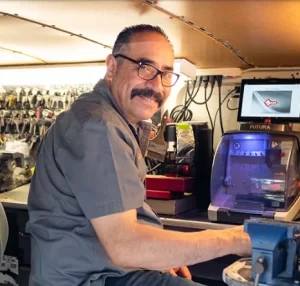You’ve probably seen the warning signs that a safe and secure place is needed for the invaluable things in your life: title documents with frayed edges, jewelry unkempt in drawers, external hard drives with family photos left cordless on a desk. It won’t necessarily take a catastrophic event like a fire, tornado, or burglary to permanently damage the irreplaceable, so why not protect them in a fortified repository within your own home?
It’s important to provide security for the things in your life you can’t replace. Before you set out to get the crème-de-la-crème of safe craftsmanship, it’s very important to understand the differences between quality safes, their ratings, and how each could meet your needs. As you begin looking at safes, it’s important that you get in contact with your insurance company to see which will reduce your premium, but keep in mind that no safe is absolutely burglar-proof.
To get started, learn the basics of the types of safes and vaults out there as well as important ratings in considering the best fit for you:
Fire Safes
Fire safes are filled with materials that insulate their inside to keep the temperature below a certain point for a specific period of time. The units are made with thin sheets of steel or plastic that form an inner and outer layer. Pay attention to their UL Fire Rating to understand the particular safe’s strengths and limits.
UL Fire Ratings
These ratings from Underwriters Laboratories (UL) classify safes by their ability to withstand certain temperatures for set amounts of time. Three classes (1-hour, 2-hour or 3-hour) make up the rating system.
For example, a Class 350 1-hour fire rating tells you that when set in an environment over 1700 degrees Fahrenheit for at least one hour, the safe’s inside temperature will not exceed 350 degrees.
Burglary Safes
Burglary safes are typically made of solid steel or a combination of solid steel and concrete. They are divided into five classes consisting of RSC (Residential Security Container) and TL (Jewelry Store) ratings:
Residential Security Container (RSC)
The RSC is actually an insurance rating for a standard home safe. Considered one of the simplest and least impressive forms of protection, safes with this standard (comparative to the TL-5 rating) aren’t ideally protected against criminals armed with hammers and screwdrivers.
Unfortunately, a number of top-selling safes in the market barely boast this level, and are thus placed in B- and C-Ratings categories:
B-Rate Safes
A general standard for a simple locked box, this is the lowest rating and the equivalent to the average lockable toolbox. B-Rate safes typically feature a standard ¼” body and ½” door. This rating requires no test. Check the relocks, lock work and hard plates when considering a B-Rate safe.
C-Rate Safes
Just like the B-Rate safes, C-Ratings don’t require testing and consist of a somewhat simple locked box. C-Rate units insist a ½” body and 1” solid steel door and include a relocking device and hard plate.
E-Rate Safes
E-Rate safes are equipped with premium-grade, solid steel 1” body panels and a 1½” solid steel door panel. These safes are not tested by an independent testing company.
Underwriters’ Laboratories (UL)
The UL reviews products’ performance and safety through testing, and is a non-biased, independent agency. A UL rating label with one of the following designations is displayed on safes that have earned them:
TL-15
Safes carrying the TL-15 rating are more likely to keep burglars at bay. These safes have passed standardized tests and can handle an onslaught of abuse by burglars furnished with typical break-in equipment for a minimum of 15 minutes. The safe is required to be assembled with 1-inch solid steel. Those 15 minutes may not seem like a long time, but there are very few criminals (outside of movies like “The Italian Job”) with the skills to crack a TL-15 safe in that amount of time.
TL-30
These tests are roughly the same as those of the TL-15 except for the fact that they receive 30 minutes instead of 15, as well as some extra tools to help gain entrance. To survive the rating tribulations, these safes must possess fortified defensive features to keep those burglars with the proper tools and skills away. These are rarely found in your typical home or residence.
What to Consider When Buying a Safe
Whether you are looking for a unit for your home, office or small business, make sure that you take a quick look at this reference and then visit us for the best guidance to meet your needs. Our professional locksmiths have experience with all types of locks, safes, vaults and more in the Front Range area for over 16 years, and we are bonded and ensured.





